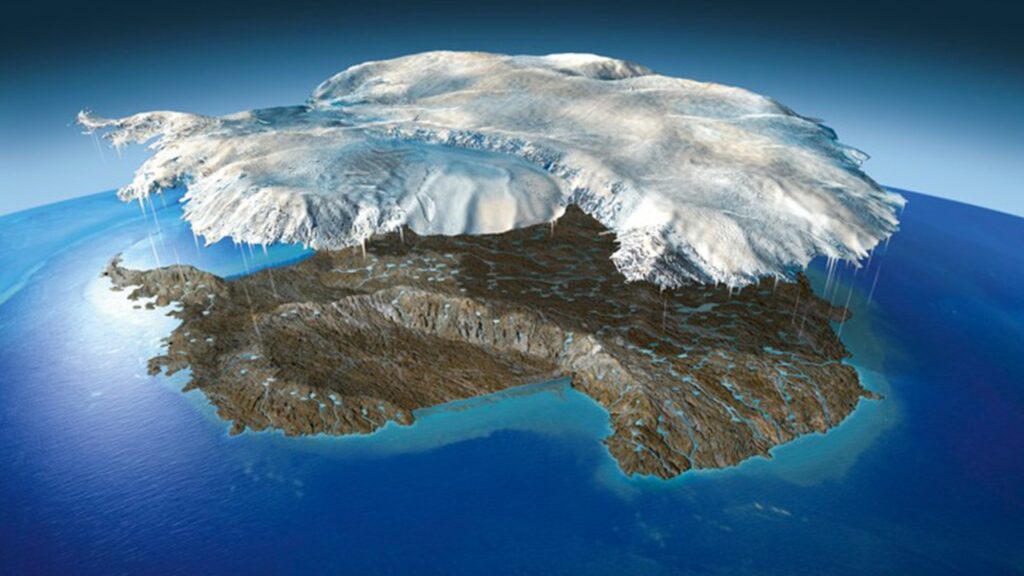Antarctica is the southernmost continent on the planet and has no permanent inhabitants, but will there ever be permanent residents in Antarctica?
Average temperatures are around -49 degrees Celsius so the question “Will there ever be permanent residents in Antarctica?” seems rhetorical. Antarctica has an inhospitable environment, where only dozens of scientists from different countries live for now. They stay overnight in very modern research bases, for short periods. Even they cannot stay long in these centers, because isolation is not good for mental health.
Will there ever be permanent residents in Antarctica? Now it seems an impossible mission; but technological advances, especially in architecture, could allow that, in the not so distant future, there will finally be humans who will adopt Antarctica as their regular home.
Climate change, an ally
Climate change threatens to transform the Antarctic ecosystem. Warmer temperatures have had an impact on glacier retreat. Rising sea levels are a concern for many islands around the world. However, a less frigid climate may be good news for those who aspire to live permanently in Antarctica.
In this “warmer” scenario, it is no longer uncommon to observe “invasive” plant and animal species in areas of Antarctica. For some scientists, these species alter the continent’s ecosystem; others maintain that, instead of altering it, they modify it, for the better.
It is now possible to see native grasses in Antarctica. The number of migratory birds and marine mammals has also increased. A milder climate could increase the diversity of grasses and flowers. Higher temperatures may bring more rainfall and thus stimulate the growth of flora. However, it is not foreseeable that there will be lush forests there either, nor that livestock or agriculture will develop.
Temperature is not the only difficulty in living in Antarctica
The very low temperatures undoubtedly have an impact on the impossibility of living permanently in Antarctica; but, in fact, it is not the main problem. In other parts of the planet, there are also regions with freezing temperatures, such as the Arctic and the northernmost parts of Canada, Russia and Norway. However, people live in those territories. So why not in Antarctica? The answer lies in geographic isolation.
Antarctica is far from everything and does not belong to a specific country. Getting there is still complicated. There are already special airports with ice runways. Meanwhile, tourism has continued to grow, with cruise ships departing mainly from Ushuaia (Argentina) and Punta Arenas (Chile).
However, in a year they only transport approximately 40,000 tourists. To reach these departure points it is necessary to take two planes beforehand. Too complicated, for many people.
What would it take to get permanent residents in Antarctica?
Technological advances will be essential to promote the use of renewable energy in Antarctica. Several scientific bases already use this type of energy, but the idea would be to take the experience to smaller places, for example, to a house.
Architects find Antarctica an ideal area for experimenting with new projects. Houses designed for such an inhospitable climate must necessarily include novel ways of harnessing energy and recycling water.
So, is it possible to predict a date when we will have the first permanent residents in Antarctica? It would be too risky, but we certainly will not have to wait until the 22nd century.

